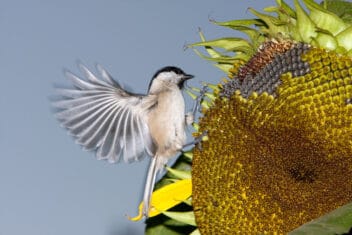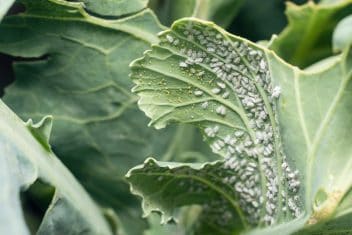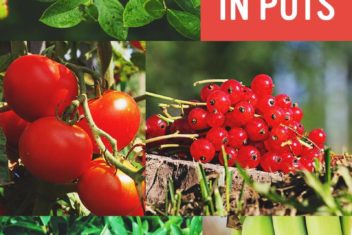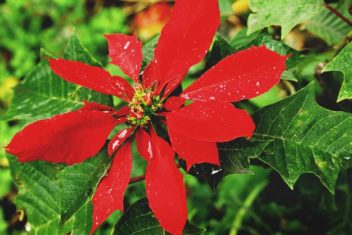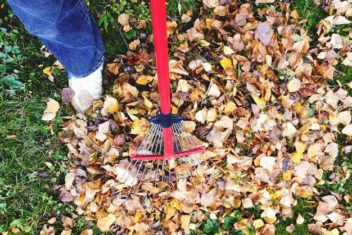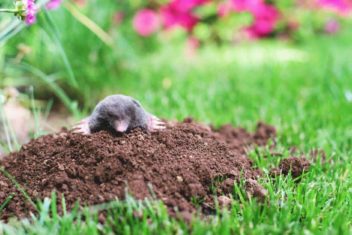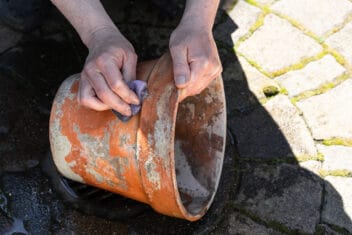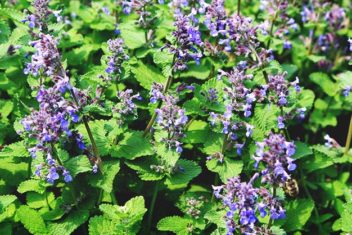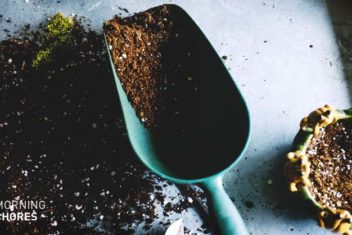Where I live, the winters leave us in a deep freeze, rendering the growing season shorter than I’d like. I also have to deal with a lot of unpredictability in terms of weather. A snowstorm can crop up unexpectedly in the fall, or a freeze can happen late into the spring without warning. Thank goodness for winter vegetables. The sturdy plants allow me to have a little extra wiggle room when it comes to my garden.
When things start to heat up (even out of nowhere), it’s a relatively straightforward situation to deal with. Shade cloth, mulching, and regular watering help cool down soil temps. What about the cold, though? It’s not so easy to provide last-minute protection from a freeze, which is why it’s nice to have some vegetables that can handle exposure to frost.
The trick is finding specific varieties of each plant that can tolerate cold temperatures better than the rest. In my garden, the growing season is quite short. But if I’m able to grow cold-tolerant vegetables, it’s possible to stretch out the season. If you live in a milder climate, you may even be able to produce some of these throughout the winter.
Whether I choose to plant earlier in the spring under protection or extend my growing period into the fall (for a late fall and winter harvest), cold-hardy plants allow me to lengthen my gardening calendar. Planting winter vegetables in a region where the risk of frost is imminent will help you avoid losses when the weather goes haywire.
Below, you’ll find a list of 18 cold hardy vegetables capable of tolerating low temperatures (and even thriving in them!). I’ve also included the best varieties of each vegetable to choose for cold climates.

1. Kale
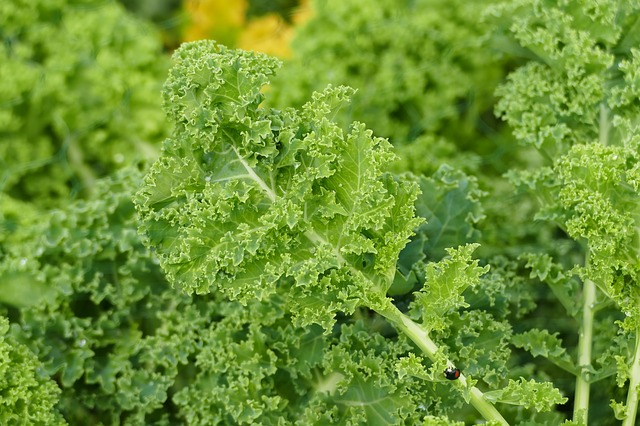
Kale is one of my favorite winter vegetables, and I love that it survives in the garden when so much has died back for the dormant season. Eventually, it’ll succumb to extreme temperatures, but a frost won’t necessarily kill your kale plants. Some varieties are hardier than others, and the leaves get sweeter after a frost.
Best variety for colder temperatures: Winterbor and Red Russian
2. Collards
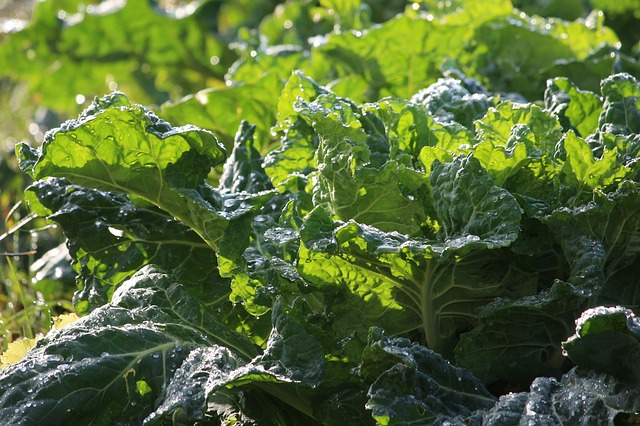
Collards have a reputation for growing in the heat of the summer because they don’t bolt in the heat like other plants. What you might not know is that they’re also quite cold tolerant as well, even more so than kale! They’ll hold up in the garden even when temps start to plummet as low as 5°F.
Best variety for colder temperatures: Blue Max
3. Lettuce
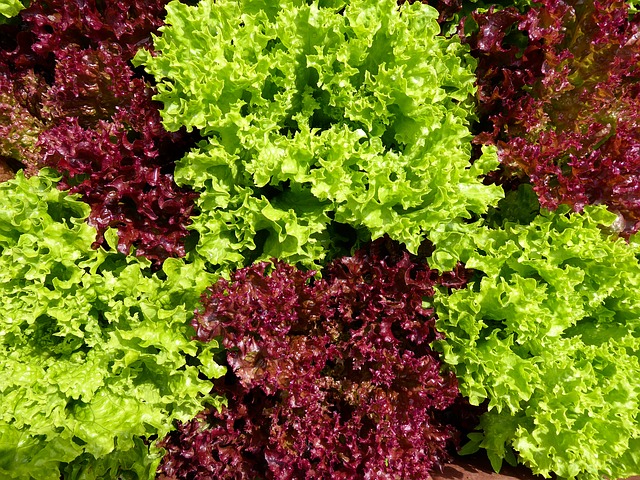
Growing lettuce in the heat of the summer can be super frustrating. As soon as it gets too hot, most lettuce varieties quickly start bolting. The good news is that lettuce prefers cool weather, and some types are capable of surviving frigid temperatures.
Best variety for colder temperatures: Merveille des Quatres Saisons (French translation: Wonder of the Four Seasons. It’s a red-tinged leaf lettuce that looks outstanding in the garden and withstands a variety of temperatures). Leaf varieties do better in cold weather than icebergs and other non-leaf lettuces.
4. Peas
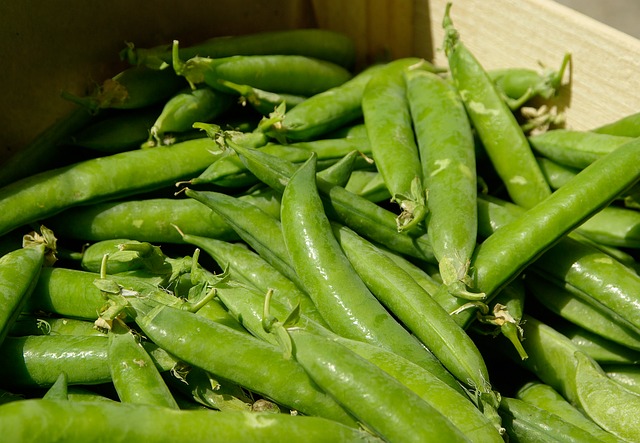
I love growing snap peas, but the trouble is that the spring weather where I live is so unpredictable. The soil takes a while to warm, and by the time I can dig into it, it’s too late to plant peas. Peas prefer cool weather, after all. You can, however, plant a second crop for a fall harvest.
Best variety for colder temperatures: Any
5. Spinach

I love spinach, but I hate how difficult it is to grow in the heat. It’s perfect as a winter vegetable, though. In many zones (6+), spinach overwinters without much trouble. With a bit of protection and help, it can survive in colder regions. Overwintering might be an easier strategy for growing springtime spinach than early sowings, especially if you find you have to wait a while before the ground unfreezes. You won’t have to deal with annoying delays while you wait for your seeds to sprout.
Best variety for colder temperatures: Winter Bloomsdale
6. Beets

Like most root vegetables, beets produce sugar when exposed to cold temperatures as a way to combat the effects of a freeze. Leaving them in the ground to experience a frost will allow you to harvest sweeter beets. They’re not as cold hardy as other root vegetables (similarly to turnips), but you won’t lose your crop if temps randomly dip below zero in the fall.
Best variety for colder temperatures: Pick early types that are quick to mature.
7. Turnips
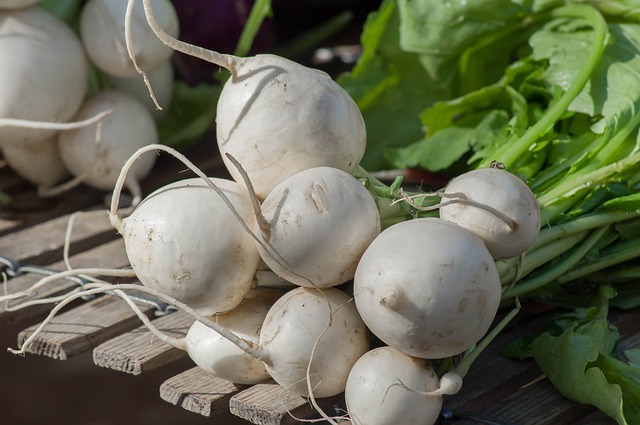
If you grow turnips in the heat of the summer, you’ll end up with tiny pungent roots. That’s fine if you love a strong tasting turnip, but I prefer the delicate taste of a cool-season grown turnip. While turnips aren’t typically candidates for overwintering, they taste a lot mellower when grown in cooler temperatures.
Best variety for colder temperatures: Any variety with a thick skin
8. Rutabaga
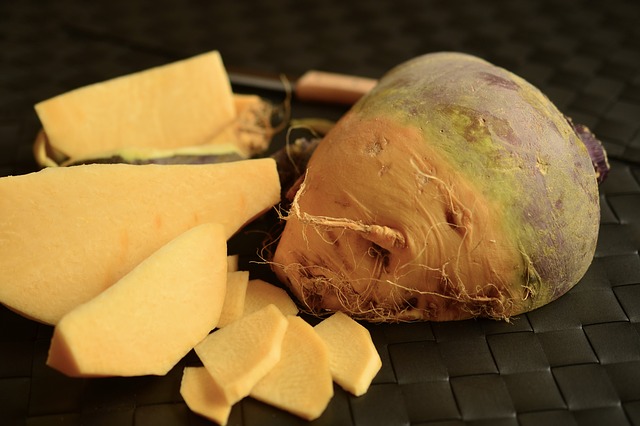
This crazy weird hybrid vegetable doesn’t get enough credit. It looks like a strange turnip, but it’s a cross between a turnip and cabbage. I much prefer rutabagas to turnips. I love the mild cabbagey taste and the soft texture of roasted rutabaga. They typically prefer cooler temperatures and are a perfect winter garden addition.
Best variety for colder temperatures: Any
9. Cabbage
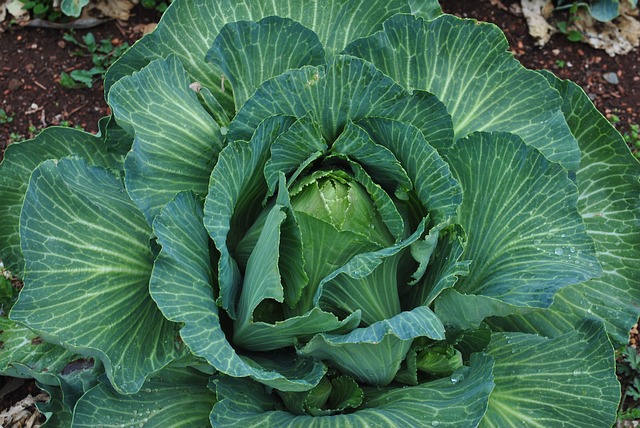
A few years ago, we had an unusual summer. The weather was rainy, and while we had a lot of heat and humidity, we also experienced a longer spring and an early fall. I loved it, and so did my cabbages. They ended up being one of the last crops I harvested that fall. They held on well into the start of winter, and I would go out and grab a head if I needed it for cooking. While many varieties are cold hardy, check seed packet information to be sure.
Best variety for colder temperatures: January King
10. Carrots
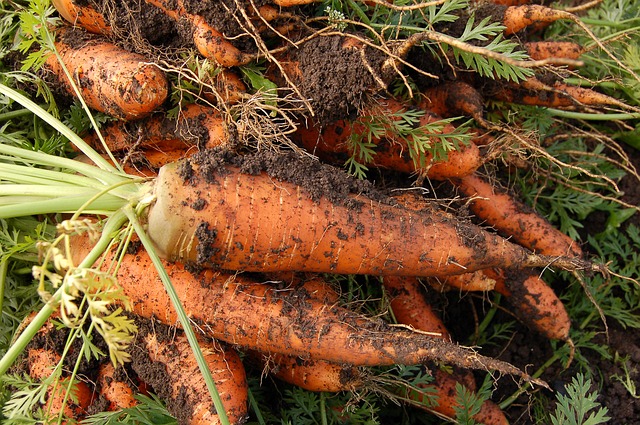
Similarly to collards and kale, exposure to cold temperatures helps to sweeten carrots. Well protected, the roots can survive a hard frost, but it’s imperative that you provide protection and cover or you’ll risk cementing your delicious orange treasures under the earth. The tops won’t last as long in cold weather as the roots, but if the roots have matured, feel free to cut off the tops and leave the carrots in the ground for later pickings.
Best variety for colder temperatures: Most varieties are cold hardy
11. Mache

The gourmet cousin of regular ole’ salad greens, mache is an exceptionally cold hardy plant. It’s pretty challenging to grow mache in the summer because it favors cooler soil temps. For fall sowing, choose a spot where the soil is partly shaded. If the earth is too warm, the seeds won’t germinate well. In regions with freezing winters, a bit of protection via a cold frame or cloche is all that’s needed to overwinter this delicate tasting salad green.
Best variety for colder temperatures: Any
12. Garlic
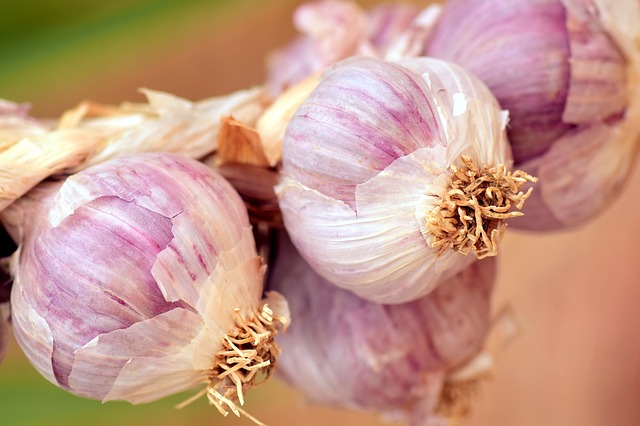
Duh, garlic is obviously one of the perfect winter vegetables! It’s planted in the fall for a late summer harvest, so garlic needs to be able to withstand a prolonged hard frost. Most of the plant’s growth takes place after the winter in the spring, but should the temperatures get a little wacky in the early summer, your garlic won’t mind.
Best variety for colder temperatures: Hardneck varieties are a lot hardier than soft neck varieties.
13. Broccoli
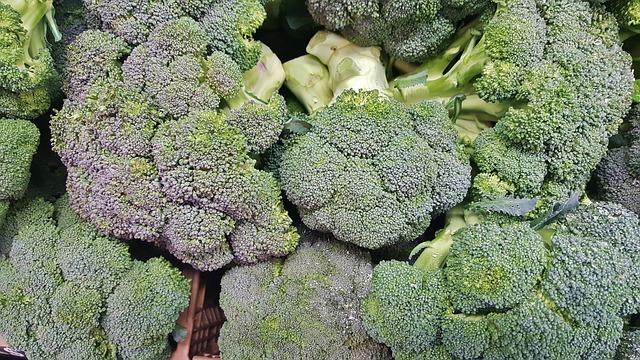
I’ve always thought of broccoli as a summer vegetable. I think it’s because I heard somewhere once that most of our North American broccoli is produced in Mexico. In fact, broccoli prefers cooler temperatures. In the heat, broccoli tends to bolt quickly and lose its pleasant mild flavor.
Best variety for colder temperatures: Quick maturing varieties (e.g., Early Green, Patron, etc.)
14. Radishes
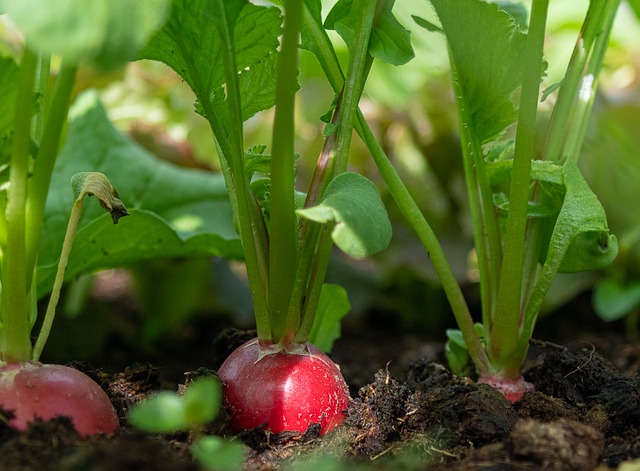
One of the first spring crops grown in many gardens, radishes are quite cold hardy and don’t respond well to hot temperatures. Grown in warm weather, radishes become pungent and excessively spicy. They’re an excellent choice for your fall garden because even if you sow them later than other vegetables, most radishes grow quickly.
Best variety for colder temperatures: Icicle, Snowbelle
15. Leeks
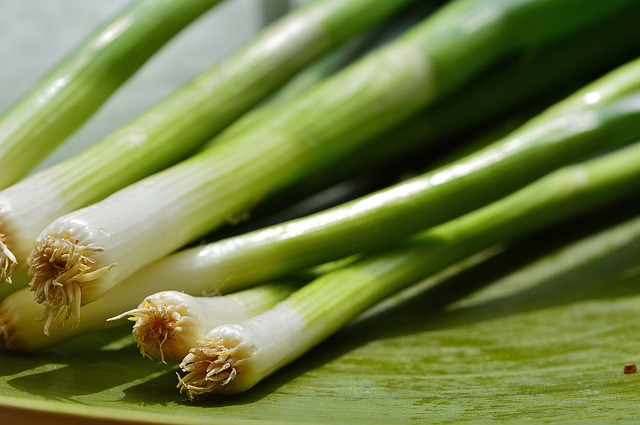
They’re slow growers and enjoy the sunshine, but leeks are also perfectly happy with a little bit of cool weather, too. Unlike onions (cousins of the regal leek), leeks don’t respond to day length, so they will continue to grow and can be grown when days get shorter in the fall and winter. Cold hardy leeks (not all varieties are super hardy) can handle temperature dips almost as low as -4°F.
Best variety for colder temperatures: Varieties with dark green foliage are typically the hardiest.
16. Parsnips
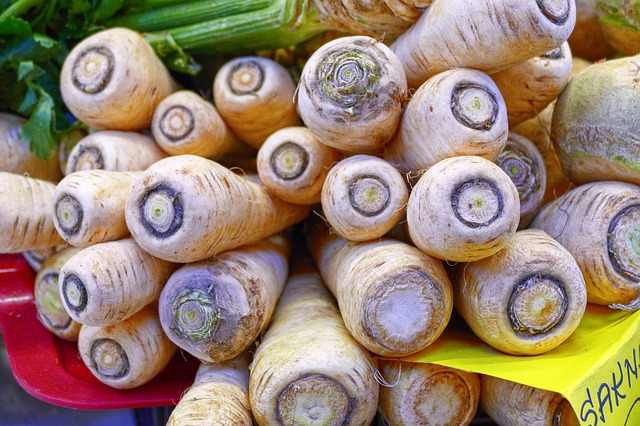
Parsnip seeds take a while to germinate, even longer than their carrot cousins, but once they’ve matured, they’re ideal winter vegetables. I often use parsnips for winter stews and soups. They taste better when exposed to frost and are capable of surviving an entire winter underground, even in frozen soil.
Best variety for colder temperatures: Any.
17. Swiss Chard
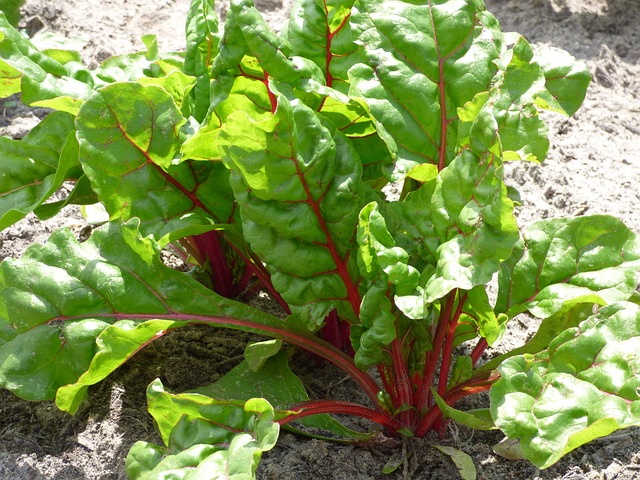
I’ve included swiss chard with a caveat. It’s fairly cold hardy, but it wouldn’t be my first choice for growing winter vegetables. It does well in the summer in my garden, so that’s when I grow my main crop. A prolonged hard freeze, in my experience, typically kills most of my chard, but it can survive a little while when temperatures dip below zero. The key is to mulch heavily to keep soil temps warm.
Best variety for colder temperatures: Avoid varieties with colored stems.
18. Mustard
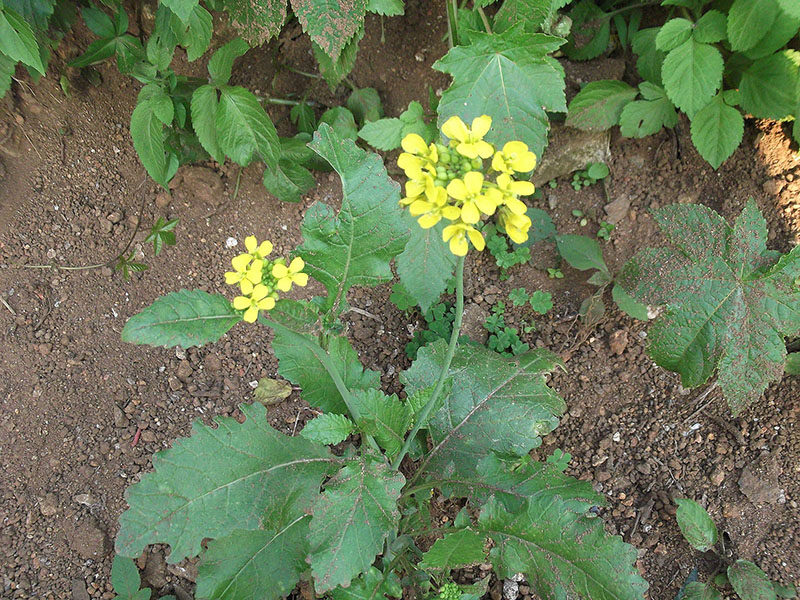
Mustard prefers cooler weather and is an excellent choice for the fall garden. I like red mustard varieties because they add a nice touch of color to my winter vegetables.
Best variety for colder temperatures: Mizuna


